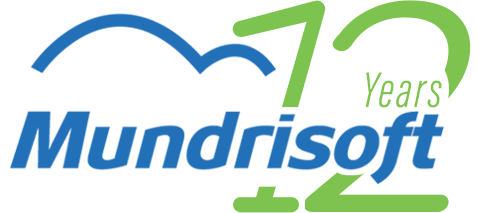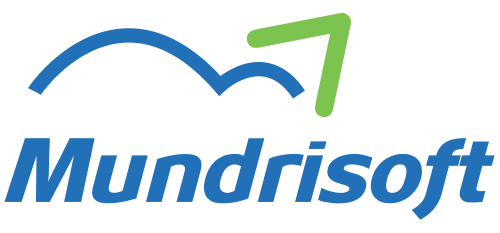
What is a Blended Workforce? How Businesses should prepare?
In business, change is often the directive of market fluctuations, competition and as we have seen over the past year unforeseen situations. With global businesses moving towards remote working, scale downs, cost cuttings and many other shifts, the dearth of people with the right skill sets too has been significant. Most business executives will agree that the gap between the skills their organizations need and the ones that people possess is widening. This is creating significant recruitment challenges.
What is Blended Workforce?
Talking about change, in the recent years a workforce that is composed of independent workers, freelancers, gig, and outsourced workers has been on the rise. We often designate this population as the fluid workforce. While acceptance towards this fluid workforce was low, owing to the pandemic the sudden need for a long-term remote work environment, cost cutting strategies, and the demand for critical skills, have all led organizations to become more flexible.
It’s common these days to have organizations using a fluid workforce. With fluid and regular workers both in the picture organizations now must manage what we call a Blended Workforce.
By definition, a blended workforce is a mix of employees with different contracts. This mix includes permanent full-time staff, part-time, temporary workers, contractors and freelancers. However, the differences also lay in working style, project completion rates and organizational policies, and hence it can be a tedious task for the organization to manage all the employees.
How Businesses should prepare?
If you are wondering what exactly is different about hiring gig workers and full-time employees, here are a few things to note.
- Work Schedules: Contractors and freelancers have greater flexibility and often set deadlines according to their schedules.
- Equipment Costs: The organization is usually not responsible for the software, hardware, and tools contractors or Freelancers use.
Payments, Taxes & Benefits: Contractors and freelancers have a different set of rules for payments and taxation and are not included in company benefits like insurance and health plans.
The organization hence should be equipped to accommodate such differences without affecting the morale of full-time workers. The preparations hence begin right from when gig workers or contractors are recruited.
Change the Hiring Approach
The foremost change that accompanies the shift towards a Blended Workforce is a change in approach. Hiring freelancers or part-time employees begins with a clear understanding that the aim is not to find employees for the long-run, but to find the right talent to bridge the skill-gap in the existing team. This changes the entire hiring approach as well as on-boarding process.
Be Open to Flexibility
The biggest change in a blended environment is the workflow. It is important to keep in mind that the freelancers and contractors hired are here for their skills, and so it is important to not focus too much on when or where the work is done. So, prepare to be open to flexibility and focus on getting the task completed rather than being fixated on managing the smaller details.
Emphasize on Communication
Communication is the key when working with a blended workforce. Remote working, different schedules and difference in communication can make collaboration in a blended workforce tough. However, it is pertinent to bridge this gap using technology to support the blended workforce. This includes having open channels for Team Chats, videoconferences, and project management to ensure that all employees in the team are working towards the same objectives.
Creating an Environment of Trust
The balance between full-time workers and fluid workers places a critical role in an organization with a Blended workforce. The full-time workers are more committed towards the organization and it is hence essential to acknowledge their efforts and invest time in trust building. However, this does not mean that the fluid workers can be ignored. While they may not be entitled to the benefits that the company offers, it is essential to give them a similar team experience. By creating an environment of trust, it is more likely that the workforce will be committed to the organizations success.
Building an Inclusive Culture
Be it Blended workforce, remote team, or hybrid team, at the end it is the management and leadership that take initiative and make the employees feel like a part of the organization even if they aren’t full time or office based. The example they set will influence how other employees treat contractors and freelancers. The change in attitude counts and for this training and motivation along with building an inclusive culture becomes fundamental.
Here’s what our CEO is saying
The post pandemic work-from-home culture has changed a lot of things at an operation level. It has also changed the way business leaders see workforce planning. While we had started to dabble with a fluid workforce approach early on, much before Covid, it became more prevalent in the remote work era. An extended team, comprising of a fluid workforce will be the new norm in future. A blended team structure will help resolve some of the most common challenges and many will start seeing its advantages more closely in lines with ease of hiring unique skills that are hard to find and expensive to procure. The blended workforce strategy will certainly be beneficial in number of ways if managed and executed well.


